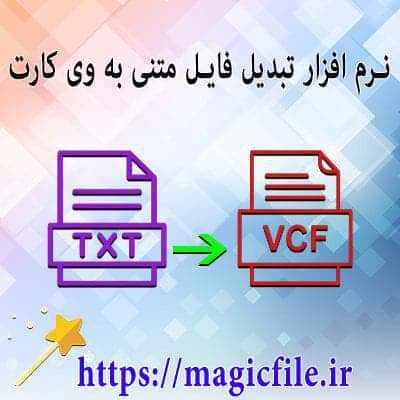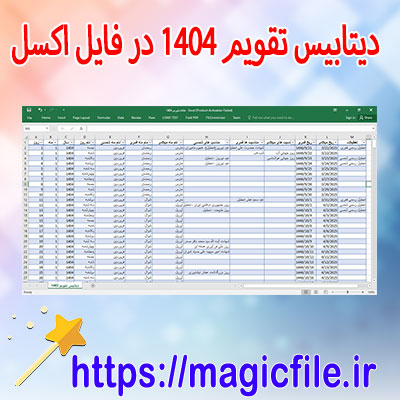INTRODUCTION TO WHATSAPP API
WhatsApp API offers businesses a powerful tool to communicate with customers. By leveraging this API, companies can automate messages, send notifications, and provide customer support.
GETTING STARTED WITH WHATSAPP API
First, you need to register your business with Facebook. This is crucial. After approval, you can access the WhatsApp Business API. You also need a verified phone number.
SETTING UP THE API
After registration, you'll receive documentation. This includes endpoints, parameters, and examples. To set up, you typically need a server to host the API. Docker is commonly used for deployment.
SENDING MESSAGES
To send messages, use the `POST /messages` endpoint. You’ll include parameters like `to`, `type`, and `message`. For instance, to send a text message, you format the request like this:
```json
{
"to": "recipient_number",
"type": "text",
"text": {
"body": "Hello!"
}
}
```
RECEIVING MESSAGES
Receiving messages involves setting up a webhook. This means your server listens for incoming messages. When a message arrives, WhatsApp sends a POST request to your webhook URL.
HANDLING MEDIA MESSAGES
If you want to send images or videos, the process is similar. You specify the type as `image` or `video`, and include the media URL.
AUTOMATING RESPONSES
Using the API, you can create automated replies. This is beneficial for FAQs. You could use a third-party tool or write custom scripts to manage this.
TRACKING MESSAGES
It's essential to track message statuses. The API provides delivery receipts. You can check if a message was delivered or read.
CONCLUSION
Working with WhatsApp API opens up numerous opportunities for businesses. With the right setup and understanding, you can enhance customer engagement significantly. Always keep user privacy in mind and comply with regulations.
کار با واتساپ API: راهنمای جامع و کامل
در دنیای امروز، پیامرسانها نقش حیاتی در ارتباطات روزمره و تجاری ایفا میکنند. واتساپ، یکی از محبوبترین پیامرسانهای دنیا، با ارائه APIهای خود، امکان اتصال و مدیریت پیامها در بسترهای کسبوکار را فراهم کرده است. در ادامه، به طور کامل و جامع، نحوه کار با واتساپ API، مزایا، چالشها و نکات مهم را بررسی میکنیم.
۱. واتساپ API چیست؟
واتساپ Business API، نسخهای از واتساپ است که برای شرکتها و کسبوکارهای بزرگ طراحی شده است. این API به سازمانها اجازه میدهد تا ارتباطات خود را با مشتریان، به صورت خودکار، امن و در مقیاس وسیع مدیریت کنند. برخلاف نسخه معمولی واتساپ، که بیشتر برای کاربران فردی است، این API برای استفادههای تجاری و سازمانی توسعه یافته است.
۲. نحوه دسترسی و راهاندازی
برای استفاده از واتساپ API، ابتدا باید درخواست خود را از طریق فیسبوک یا شرکتهای معتبر ارائهدهنده این سرویس ثبت کنید. سپس، باید فرآیند تایید هویت و تایید کسبوکار را طی کنید. پس از تایید، میتوانید به سرورهای واتساپ متصل شوید و API را راهاندازی کنید.
در مرحله بعد، نیاز است که سروری امن و قابل اعتماد برای مدیریت API داشته باشید. معمولاً، توسعهدهندگان از زبانهای برنامهنویسی مانند پایتون، جاوا، یا Node.js برای برقراری ارتباط با API استفاده میکنند.
۳. امکانات و قابلیتها
با کار کردن با API، میتوانید موارد زیر را انجام دهید:
- ارسال و دریافت پیامهای متنی، تصویری، ویدئویی و صوتی.
- ساخت و مدیریت لیستهای تماس و گروهها.
- خودکارسازی پاسخها، مانند پیامهای خوشآمدگویی یا پاسخهای سریع.
- پیگیری وضعیت پیامها، دریافت گزارشهای تحویل و خواندن پیامها.
- ادغام با سیستمهای CRM و نرمافزارهای دیگر برای بهبود فرآیندهای تجاری.
۴. نکات مهم در استفاده
در استفاده از واتساپ API، باید به چند نکته توجه کنید:
- رعایت سیاستهای حریم خصوصی و قوانین مربوط به پیامرسانی، مخصوصاً در ارسال پیامهای تبلیغاتی.
- محدودیت در تعداد پیامهای روزانه، بر اساس نوع حساب و تایید هویت.
- نیاز به نگهداری امن کلیدهای API و اطلاعات حساس.
- طراحی استراتژی مناسب برای پاسخگویی سریع و موثر به مشتریان.
۵. چالشها و مشکلات رایج
استفاده از API ممکن است با چالشهایی روبهرو شود، مانند:
- پیچیدگی در راهاندازی اولیه و نیاز به تخصص فنی.
- هزینههای مرتبط با سرورها و سرویسهای ابری.
- محدودیتهای مربوط به نوع و تعداد پیامها.
- مدیریت رضایت مشتری و جلوگیری از ارسال پیامهای مزاحم.
۶. نتیجهگیری
در نهایت، کار با واتساپ API، اگر به درستی و با استراتژی مناسب انجام شود، میتواند یک ابزار قدرتمند برای بهبود ارتباطات و توسعه کسبوکار باشد. با توجه به امکانات گسترده و قابلیتهای بینظیر این API، سازمانها باید به دقت نیازهای خود را ارزیابی کرده و مسیر صحیح را برای استفاده موثر از آن انتخاب کنند.
در هر صورت، یادگیری و مهارت در کار با این API، نیازمند زمان، تمرین و آشنایی با فناوریهای نوین است. پس، اگر قصد دارید این مسیر را شروع کنید، حتماً به منابع معتبر و آموزشهای تخصصی رجوع کنید تا بتوانید بهترین بهرهوری را داشته باشید.





